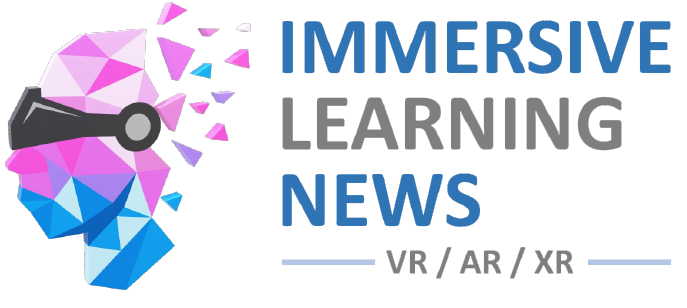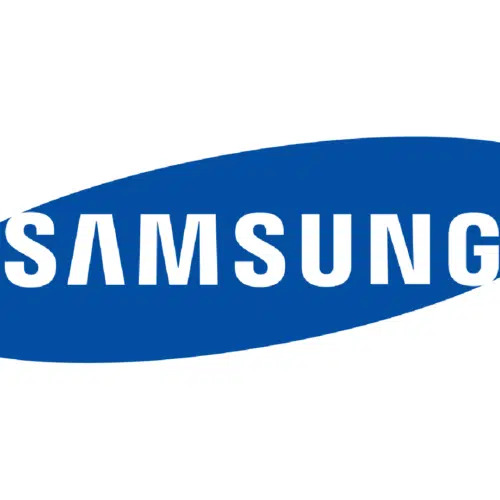Samsung is working on its own Android-based AR headset separate to Microsoft, South Korea’s Electronic Times reports.
Four weeks ago, a report from Insider’s Ashley Stewart claimed Microsoft shelved HoloLens 3 last year in favor of letting Samsung build hardware powered by Windows mixed reality software. One of Stewart’s sources described the partnership as a “shit show”. But the Electronic Times report claims Samsung is planning “its own AR devices and the AR devices developed with Microsoft”.
The report suggests Samsung will use one of its own Exynos chips in the device, rather than sourcing from Qualcomm. Samsung has apparently completed a prototype, and “is deciding the release date”.
From 2014 Samsung partnered with Facebook on the phone-based Gear VR, technically the first widely shipped consumer VR product, but by 2019 then-CTO John Carmack declared it dead as standalone headsets took over. In January 2020 at CES, Samsung showed off a concept of AR glasses, but didn’t actually say whether this was a planned product. That same month China’s intellectual property office awarded Samsung a patent for a VR headset with four tracking cameras, but no product emerged from this either.
It’s unclear what exactly would distinguish Samsung’s own headset from its partnership with Microsoft, but if the report is to believed Samsung is finally ready to re-enter this market again.
Quelle:




